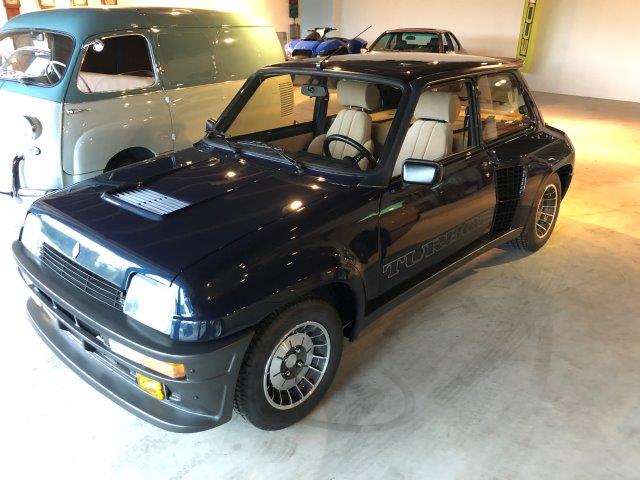Recently we talked about the certificates that could prove the 'pedigree' of classics. As an example we had a Renault 5 GT Turbo Phase 2. And that kind of roarbakjes is a lot of fun, but in the meantime quite pricey pleasure.
A reminder as a trigger
Here the memory still plays, because one of the publishers of AMK once had a Renault R5 Alpine Turbo, with the front. And there was something about an accident or something. Mist is sometimes a very surprising mix with youthful hubris. The tree survived the blow.
To the gym
The R5 already existed, but to compete in competitions it took a little more power than the handful of ponies under the hood. So fast homologation versions had to be built. The engine disappeared from the nose and got a place behind the front seats, which also powered not the front but the rear wheels. With brave use, this approach guaranteed a spicy gasoline air in the interior and provided friendly rattles. Renault delivered bare bodies to Heuliez, where the business was strengthened and modified, and the car was finished in the Alpine factory in Dieppe. To save weight, the Turbo was fitted with an aluminum roof and doors. The later Turbo II had to be a bit cheaper and was made by Renault itself without the aluminum sheet metal parts. But the result was a super-tight car for which you needed a gun license in addition to a valid driver's license. In terms of motorization, the power dwarf had a 1,4-liter Cléon-Fonte engine, with Bosch injection and Garrett turbo, good for about 160 hp.
Driving such a firecracker with too short a fuse is a unique experience
Especially when the turbo stops ventilating quietly and starts whistling. Even a politician would get an adrenaline rush from that.
Renault planned to build only 1000 cars (the required number according to FIA rules), but found that there was much more demand for the model. The Turbo 2 had to appeal to a larger buyer audience through a lower price, while performance had to be about the same as the original homologation model. Quite a few of these exotics have been made. And many of them have come to their respective endings in various ways, spectacular or otherwise.
Because they are unique row iron and are now quite scarce, the supply is limited and prices are stiff. That combination inspires people to put on the wheels as good as real R5 Turbos and to offer them for the main prize.
More turbos
There were more R5 turbos. One of these was invented by Alpine. At that legendary company they fitted a Garrett T80 turbo to the 3 cc four-cylinder in the early 1400s and adjusted the chassis by mounting stiffer anti-roll bars. The chic Alpines were 110 hp strong. But because they had the engine in the front, they were considerably better than the mid-engine ones. Renault also made its own R5 Turbo's with the front engine. All well and good. But the R5 Turbos with the block behind the pilot were the top. And that they were like Templars? Well: what did a liter of super in 1986 cost?
Also read:
- Renault R5. From before globalization
- Renault 5. Successful compact and at home in all markets
- Alpine V6 Purchase Advice (1985-1991)
- Renault Alpine A110 from Jaap Noppert. The French prestige car
- Abarth. Founder of the pure small sports car

The Turbo with mid-engine in bugger





At the time, my attention was drawn to the R5 Alpine, but the price put me off. The motor on the rear wheels, then you must have received special driving instruction. A kind of really driving with skid course to (be able to) avoid trees and oncoming traffic.
And in all cases you must have good mechanics. Tinkering yourself is fun. But all electronics and the interaction between mechanics and electrical engineering makes it a kind of life's work.
Driving uphill during a holiday in F. in my 2cyl Citroen LN enjoy a few seconds: first the front in the rear-view mirror and then the rear through the windscreen. Then that party was over.
The difference between 34ponys and 160horses was clear in a few seconds.
Still glad I did citroentje drove with the consumption of 1:15. No matter how fast you drove it. (And in the mountains or top speed (120kmh) Autobahn never a boiling engine 😜).
The alpine a310 Ph 2 also got the basic suspension of the 1980 turbo from 5.
For example, the chassis was greatly improved compared to Ph 1.
Not to forget the pack gt version, which also got those nice wide straps at the back.
Nice info!